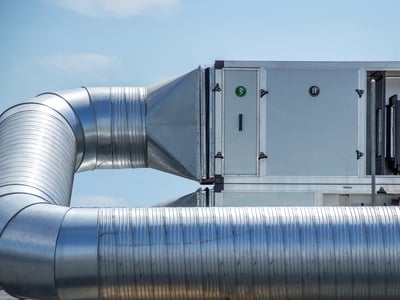Is work making your employees sick? Create safe, comfortable and healthy office environments so that people can get their jobs done – and breathe easier.
Airborne contaminants can affect the short-term or long-term health of building occupants. With high-quality, energy-efficient air filters and air purifiers, you can improve the health of people and your HVAC systems and reduce building maintenance and cleaning costs.
High-efficiency filters and air purifiers from Camfil effectively combat the problems caused by small particles and odours. They’re also the most energy-efficient on the market, helping owners to green their buildings by cutting the power consumption of their air handling systems and reducing their carbon footprint.
Many offices have poor air circulation these days, with windows that can’t even be opened in an attempt to be more energy-efficient. Some offices and commercial premises have outdated ventilation systems that simply move unclean air from one part of the office to another. When outdoor air does enter the ventilation system, pollution from smoke, dust and pollen will deposit on fans, batteries and ducts. Also, clogged commercial air filters that haven’t been replaced trap both indoor and outdoor air pollutants.
In fact, the quality of the indoor air can be much worse than the outdoor air quality.
Studies show that good indoor air quality has a positive effect on people’s productivity. They’re more alert. They show better cognitive performance thanks to improved oxygen flow. And they can even gain better general health. This translates into fewer sick days and improved well-being.

Commercial kitchens are highly ventilated to remove smoke, grease and stream. Exhaust filtration is used to minimise the risk of duct fires and remove odour nuisance.

Server rooms may be exposed to high corrosion levels from particulate or molecular gaseous contamination. PCBs, contacts and conductors are most susceptible to damage. Camfil air cleaners ensure high protection levels at low energy costs.

Maximise meeting effectiveness and energy by providing a clean environment free of bacteria, viruses and bad odours while minimising maintenance and energy costs.

Protect people, processes, products and equipment while keeping maintenance and energy costs low by keeping air handling units unclogged.

High-quality indoor air at the workplace can increase employee health, happiness, well-being and attendance by minimising the spread of disease, allergens and viruses.